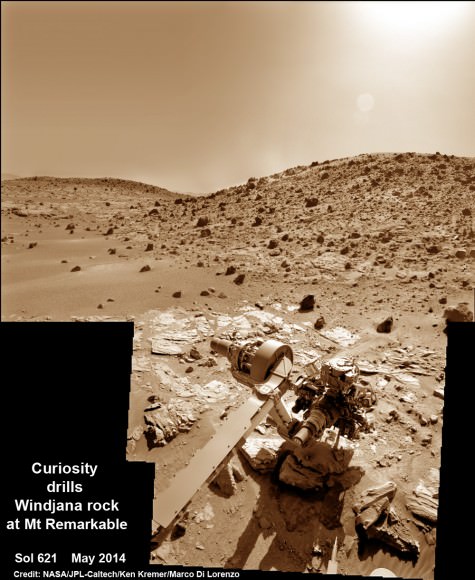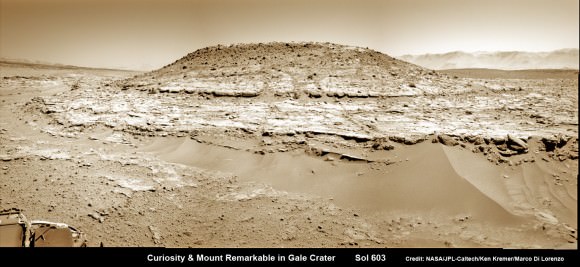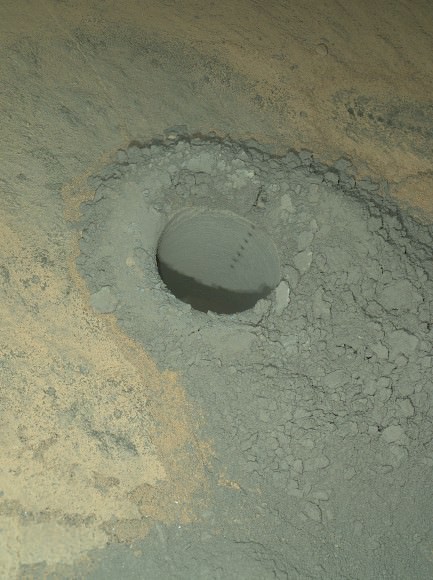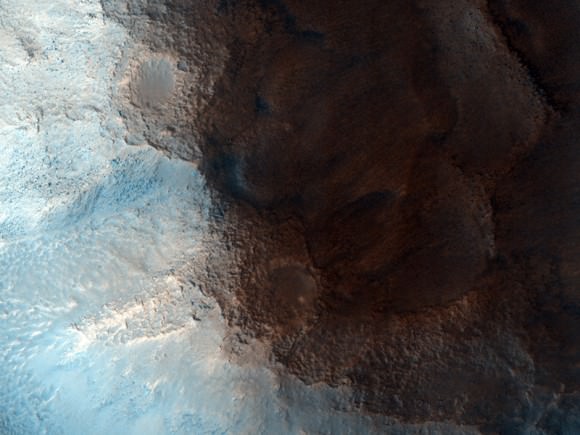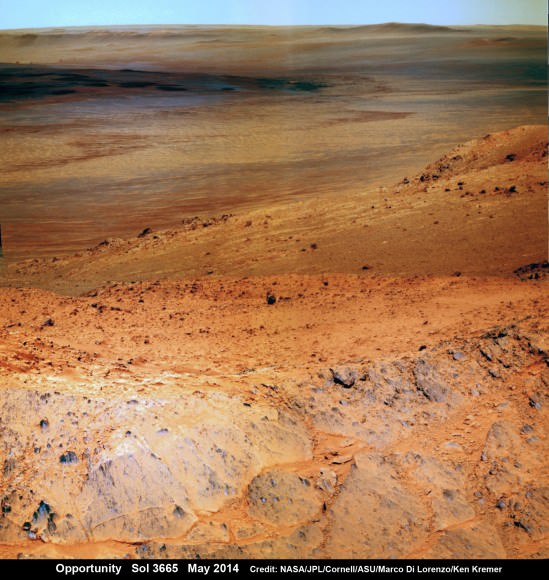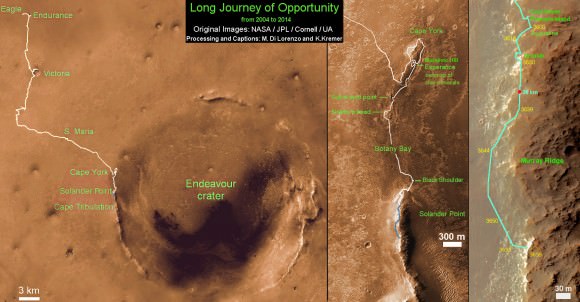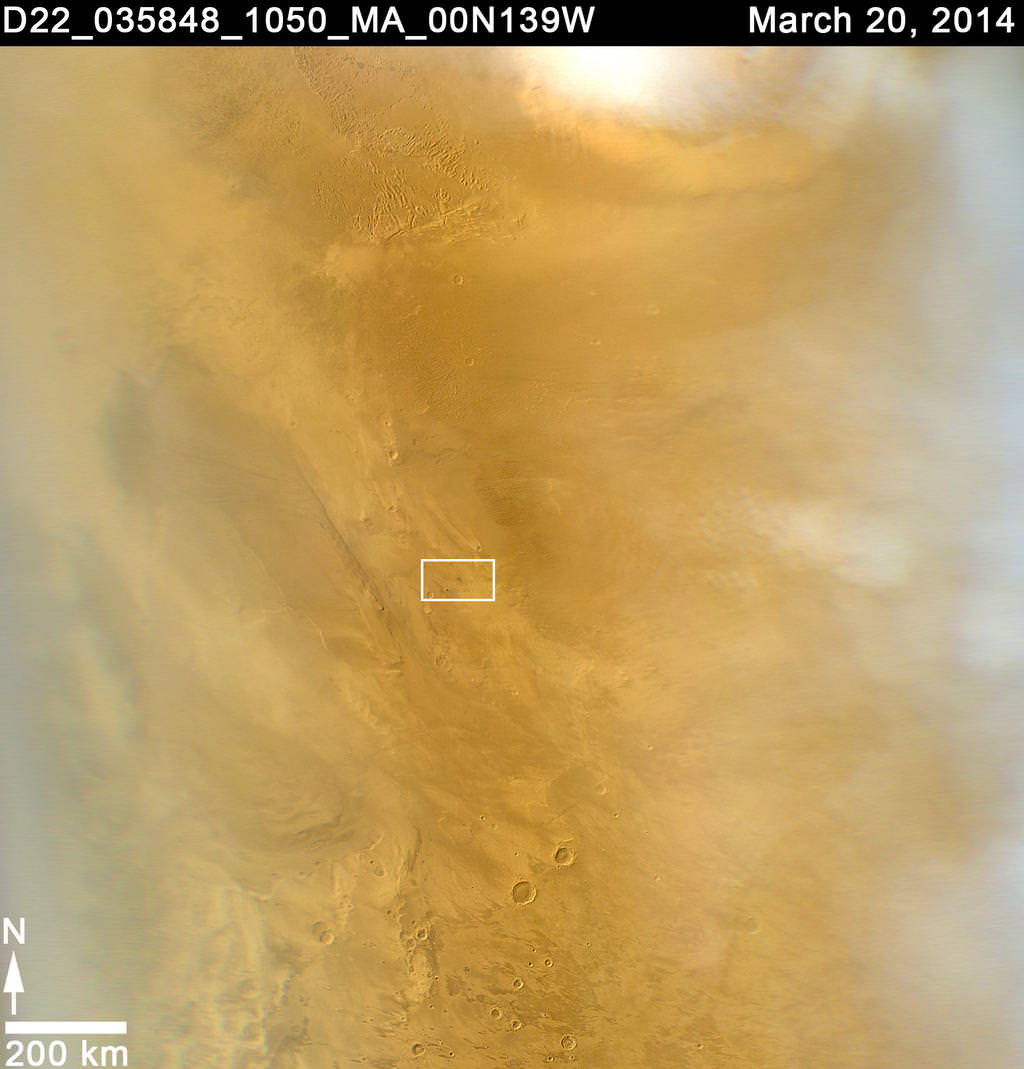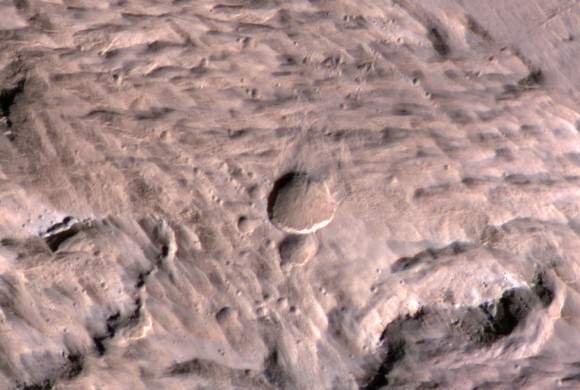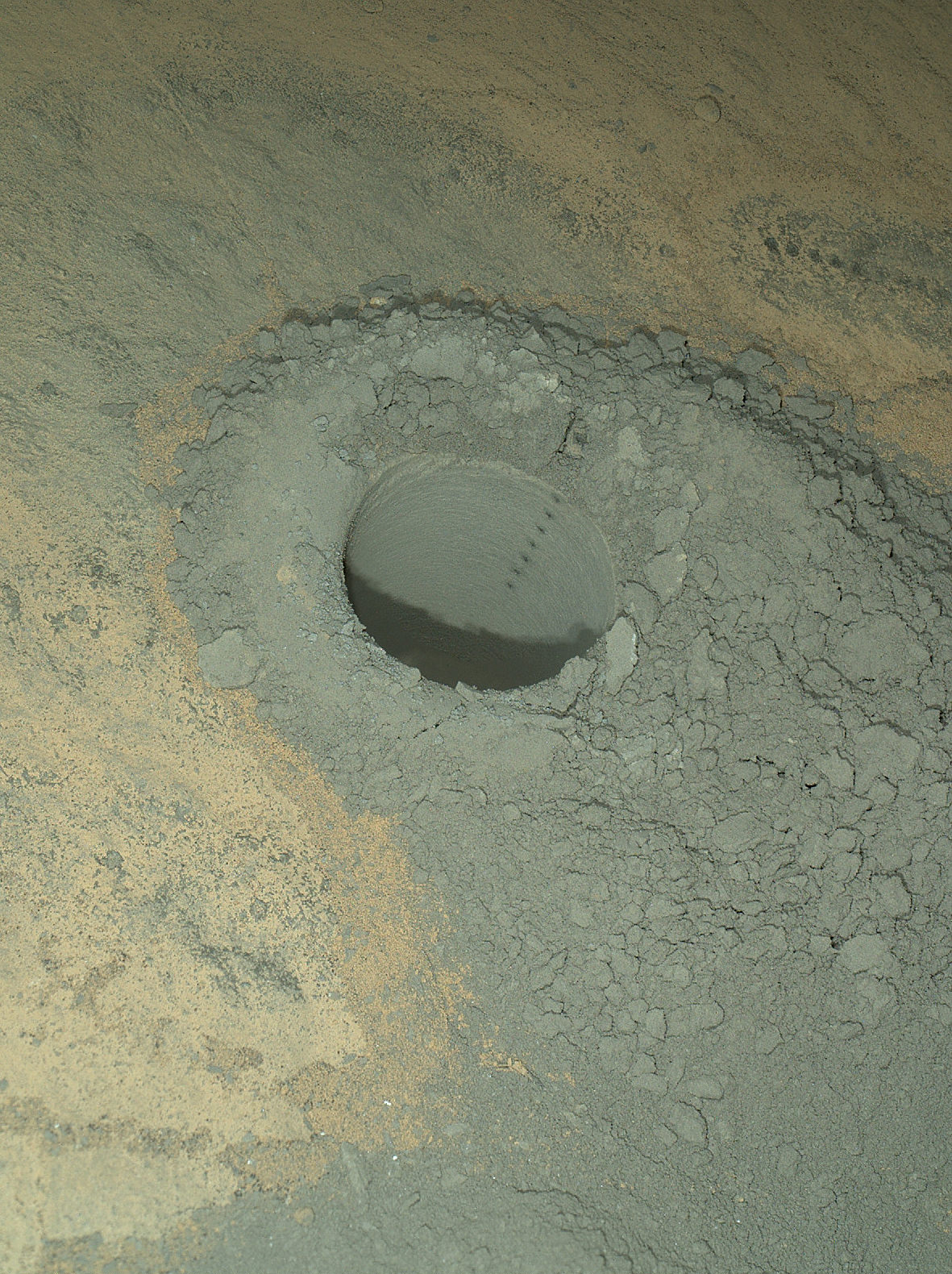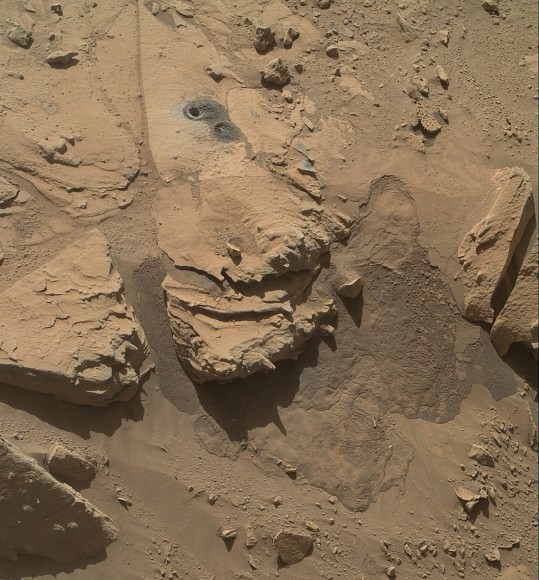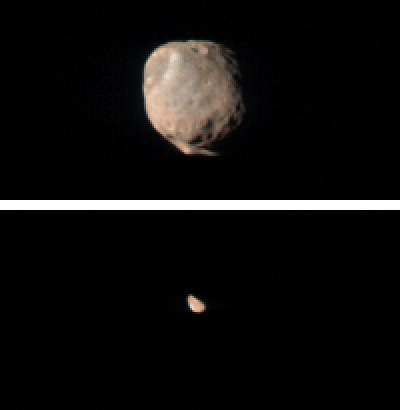Welcome, come in to the 357th Carnival of Space! The carnival is a community of space science and astronomy writers and bloggers, who submit their best work each week for your benefit. I’m Susie Murph, part of the team at Universe Today and now, on to this week’s stories!
We’re going to start off with a double blast from the past, courtesy of CosmoQuest! This week, they’re featuring Stuart Robbins’s blog post from January 13, 2012, titled “Perspective on the Apollo 15 Landing Site.” He explores the region of the Moon that is the current home of the MoonMappers images that YOU are still mapping and exploring today – the Apollo 15 landing site area. It’s a neat place and we can study a lot of things there. Due to a quirk of optics and angles, you can even imagine you’re flying towards it.
Next, we stay with Cosmoquest’s Moon Mappers as they highlight the interesting discovery that the groundbreaking Soviet Lunakhod 2 lunar rover traveled farther than earlier estimated on it’s mission in 1972. Visit MoonMappers at Cosmoquest for more great stories!
Moving through history, we travel over to io9’s Space blog for a history of the American Space Shuttle disasters is a grim reminder of the danger of space travel. Just released is Major Malfunction, a documentary on the two Shuttle catastrophes. Major malfunction is an understatement for the destruction of Space Shuttle Challenger moments after launch in 1986, and the loss of Space Shuttle Columbia during re-entry in 2003.
Next at io9, we visit Mars to view the magnificent Draa, which are ancient landforms created from waves of sand. Check out the article and it’s images here.
We also have another article from io9, which new astronaut Reid Wiseman recounts his first adventurous days in space.
Now we’ll jump over for some gorgeous views from the Chandra X-Ray Observatory! One of their new images is a glorious view of the Whirlpool spiral galaxy which radiates with fantastic points of x-ray light. These image is breath-taking!
Want more gorgeous images? Visit Brownspaceman.com to see his discussion of the Tulip Nebula, which is a composite image which also maps the emissions from this incredible nebula.
Next, we head over to the Meridani Journalfor coverage of a major find in the search for exoplanets. A new world which is more than twice as large as Earth and about 17 times heavier has been discovered, a sort of “mega-Earth” as some have referred to it.
The NextBigFuture Blog lives up to it’s name by bringing us two interesting stories from Elon Musk and his company SpaceX. First, he points out that the key is reusability. Musk said the crewed Dragon is designed to land softly back on Earth and be rapidly turned around for another flight — possibly on the same day. Spacex is aiming for 10 flights without any significant refurbishment for the Dragon v2. The thing that will have to be refurbished is the main heat shield. Further improved heat shield materials [later versions of PICA-X] would mean Spacex could aim for 100 reusable flights.
We then head over to the Urban Astronomer, where recent observations of a very near pair of brown dwarf objects has led to something new: We’re watching the weather on stars themselves!
Finally, we return to Universe Today for some interesting potential missions. First, the B612 Foundation’s privately-funded Sentinel mission, once launched and placed in orbit around the Sun in 2018, will hunt for near-Earth asteroids down to about 140 meters in size using the most advanced infrared imaging technology, without government red tape to hamper the mission. Next, the NASA Innovative Advanced Concepts office announced a dozen far-flung drawing-board proposals that have received $100,000 in Phase 1 funding for the next 9-12 months, one of which is a balloon for exploring Titan. We’re looking forward to hearing about these projects and many others in the coming years.
That’s it for this week’s Carnival! See you all next time!
And if you’re interested in looking back, here’s an archive to all the past Carnivals of Space. If you’ve got a space-related blog, you should really join the carnival. Just email an entry to [email protected], and the next host will link to it. It will help get awareness out there about your writing, help you meet others in the space community – and community is what blogging is all about. And if you really want to help out, sign up to be a host. Send an email to the above address.




